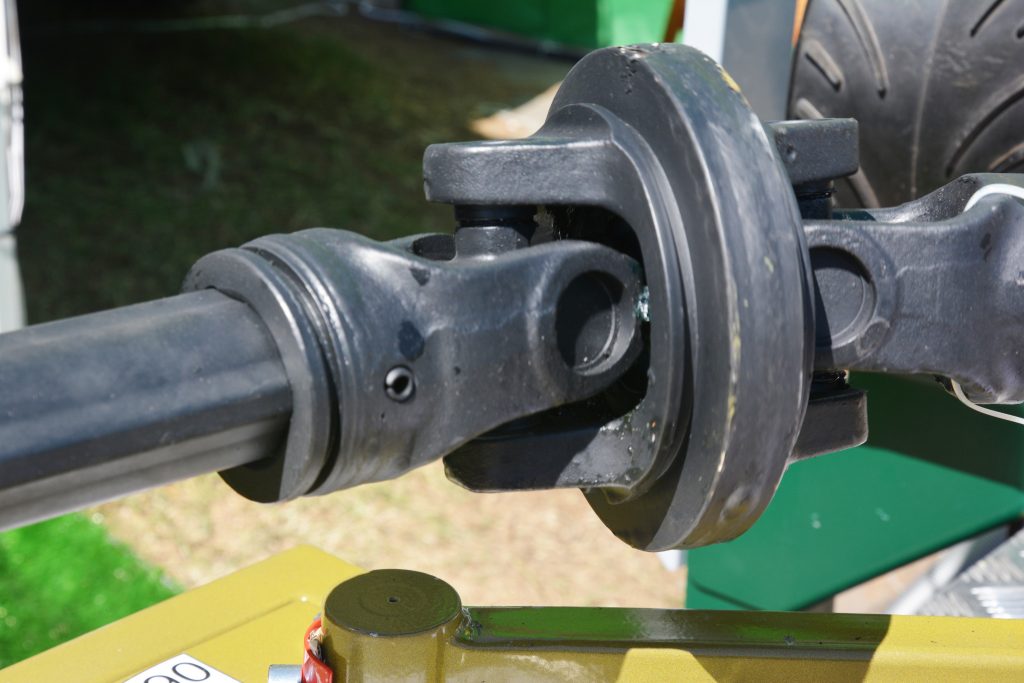If you hear a suspicious noise near a wheel, it is essential to determine whether it is a gimbal or bearing problem. In this article, learn how to quickly identify, check and repair a gimbal noise to keep your vehicle safe.
What noise does a gimbal make?

The universal joint is part of your car’s transmission. It is a metal tube with two joints which transmits the rotational movement of the motor to the wheels to make them move forward. If the cardan shaft breaks, the vehicle is immobilized.
But it is quite rare because the symptoms of an HS cardan shaft are rather characteristic and should therefore immediately send you to the mechanic. Changing the cardan shaft will then cost you around €150 , depending on your car model and the price of labor of course.
One of the characteristic signs of a car drive shaft needing to be changed is noise. A gimbal problem actually causes a repeated clicking noise . The clicking gimbal is heard when cornering, accelerating and braking, especially when the wheels are turned hard.
A gimbal noise in a straight line is more unusual and it is therefore advisable to ensure that this is indeed the source of the problem.
Your gimbal is also equipped with a bellows at each of its ends. It serves to retain fat in the joints to lubricate them properly. Over time, it can crack or crack and it may need to be changed.
If the gimbal boot is punctured or damaged, you will not hear any noise. It must be examined regularly to ensure its good condition.
How to check the condition of a gimbal?

To make sure that the gimbal is really causing the noise you hear, you can perform a small acceleration and steering test . If the noise increases when accelerating and when you steer significantly, even at low speed, this is a cardan shaft problem.
In addition, a gimbal noise often comes from the deterioration of a bellows . This having allowed the introduction of foreign bodies into the joint, the latter is damaged or destroyed. Visually examine the bellows for cracks or tears.
Finally, you can jack up your car and see if there is any play between the driveshaft and the wheel when it is lifted. If so, this is a sign of wear on the gimbal.